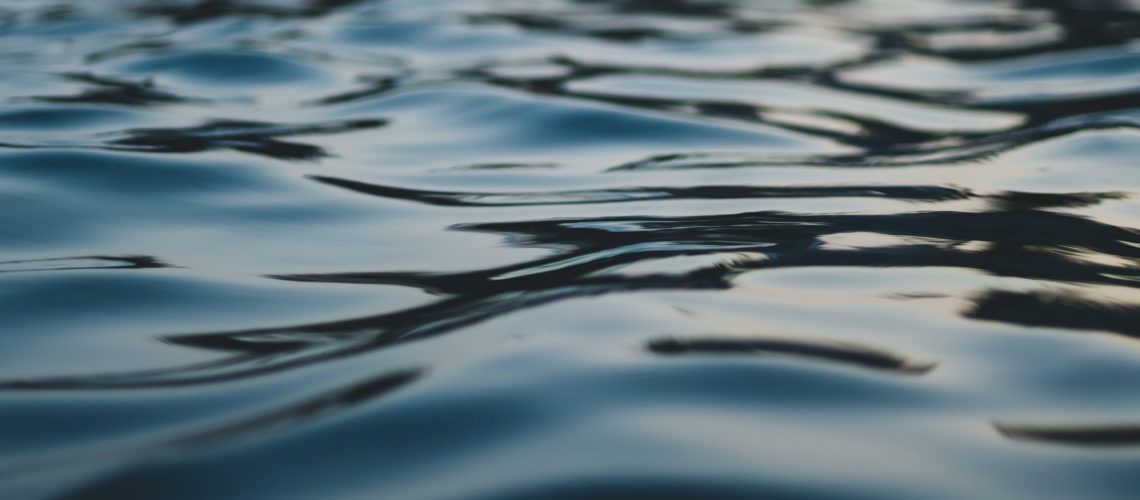Last year, nearly 160,000 Illinois residents faced a 35-hour water shortage as 9 counties were declared a disaster area. The culprit? A single burst pipe.
More and more emergency situations are arising due to deteriorating water infrastructure, with the tragedy in Flint, Michigan demonstrating the extraordinary and unacceptable human cost of ignoring these issues.
Whereas potholes and crumbling bridges present obvious signs of disrepair in transportation infrastructure, deficiencies in our water system often go unseen. As a result, upgrading our transportation system is frequently mentioned as a top goal for a capital plan in Illinois, but repairing and upgrading water infrastructure rarely receive the same attention.
The Issue: In Numbers
According to the Metropolitan Planning Council, Illinois has a $32 billion projected need over the next 20 years for drinking, stormwater and wastewater infrastructure. Comparisons to other states show that Illinois has the highest drinking water project need in the Midwest. As demonstrated in Flint, MI; Galesburg, IL; and Chicago, lead service lines pose a particularly serious health risk.
According to a 2016 study conducted by the American Water Works Association, Illinois has more lead service lines than any other state. Other estimates found that Illinois hosts 1/8 of all lead service lines in the country, and in Chicago alone, there may be nearly 450,000 lead service lines. These findings are extremely concerning because lead has been shown to impair brain development, contribute to learning and behavioral problems, and lower IQs.
Addressing this critical public health issue requires that municipalities throughout the state take action to replace lead service lines and protect their residents. In response, IEC has again introduced legislation with Senator Heather Steans and Representative Lamont Robinson that requires planning and removal of all lead service lines in the state.
Illinois has nearly 1,800 Community Water Supply systems that supply drinking water to more than 12 million people.
Financing Lead Service Line Replacement
Illinois currently uses State Revolving Funds to help communities upgrade water systems, including the Water Pollution Control Loan Program (WPCLP) for wastewater projects and the Public Water Supply Loan Program (PWSLP) for drinking water projects. These are loans that can be repaid at relatively low interest rates. Over the last few years, Illinois has not taken the initiative to expand bond funds that are available for this program. Even when those funds are available, many communities cannot afford the upfront costs to apply, and often struggle to overcome other barriers, such as costly engineering studies.
As a result, cities like Maywood, Illinois, where 20% of the population lives below the poverty line, are unable to adequately invest in their water infrastructure. Their system loses about 38 percent of its water to leaks, and consumers pay disproportionately high prices.
And Maywood is not alone in facing this problem: Illinois has nearly 1,800 Community Water Supply systems that supply drinking water to more than 12 million people.
These issues are too big and too dire to wait any longer to fund the infrastructure needs of our water systems across Illinois.
Out of Crisis, An Opportunity
A multi-billion appropriation in a capital budget for water infrastructure is not only necessary for public health, but an opportunity for economic development. A study by the Illinois Economic Policy Institute has shown that for every $1 billion invested in clean water infrastructure, approximately 11,200 jobs are created. A capital budget with appropriate funding for water could lead to nearly 30,000 jobs. Legislators should consider not only funding water infrastructure, but also exploring a dedicated revenue source to ensure continued capital funding for decades to come.
To provide quality job training and ensure that economically disadvantaged communities are included in these opportunities, IEC is working with our partners in labor on legislation this session. Senator Ram Villivalam and Representative Justin Slaughter have introduced SB2146/HB3349 to create the Clean Water Workforce Pipeline Program.
Problems with Solutions
Access to clean and affordable drinking water is a basic human right. If the state and communities do not find solutions to these water infrastructure issues, Illinois will be failing to protect its residents rights.
While communities across Illinois must begin to think comprehensively about management of water assets, and implement rates that recover the full-cost of water, the state needs to step in with dedicated funding.
This session the General Assembly must move forward with the requirement that every lead service line be replaced, seek opportunities for job training in the clean water economy, and pass a capital budget that adequately prioritizes water.
AUTHOR
Colleen Smith
IEC Legislative Director

